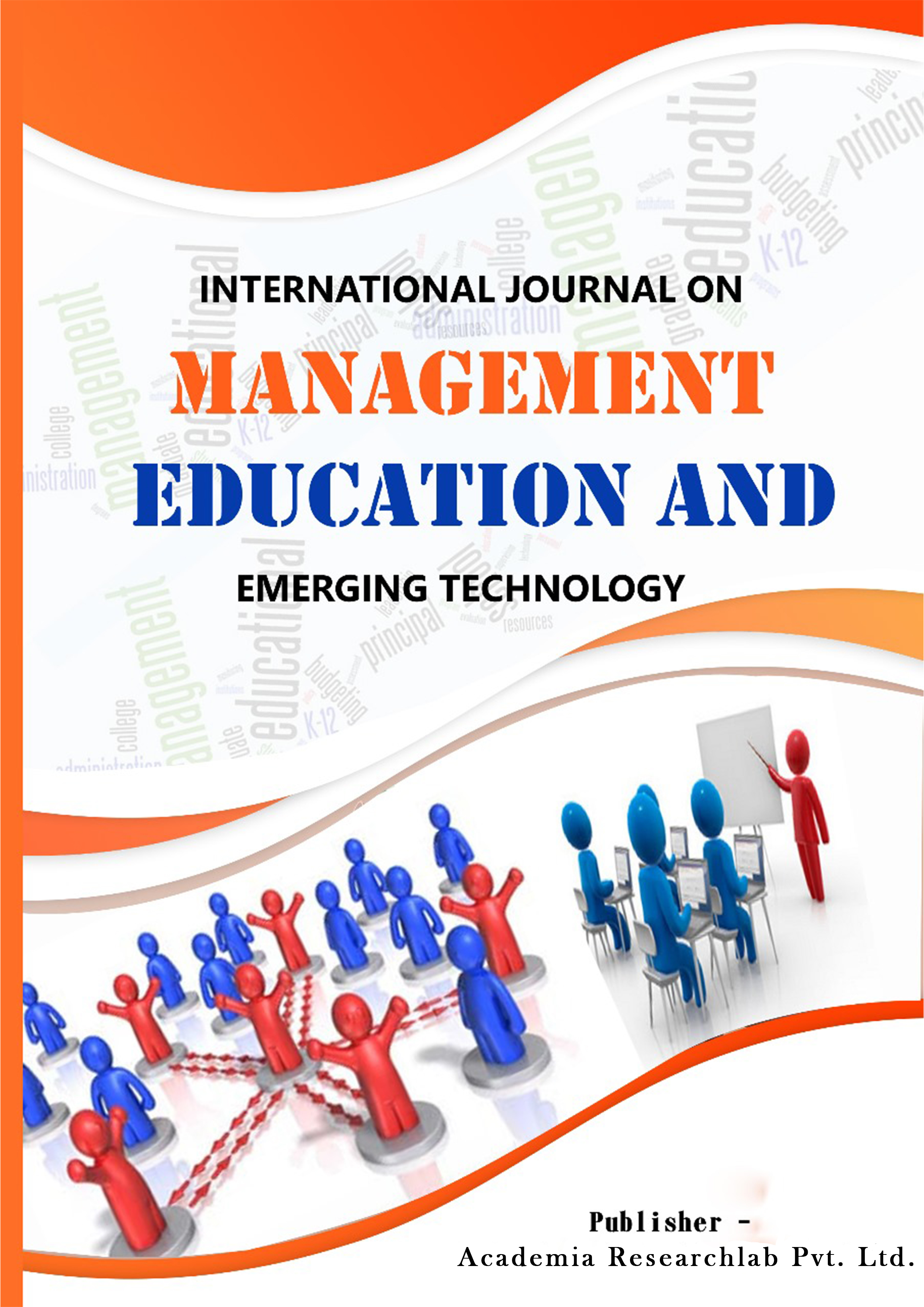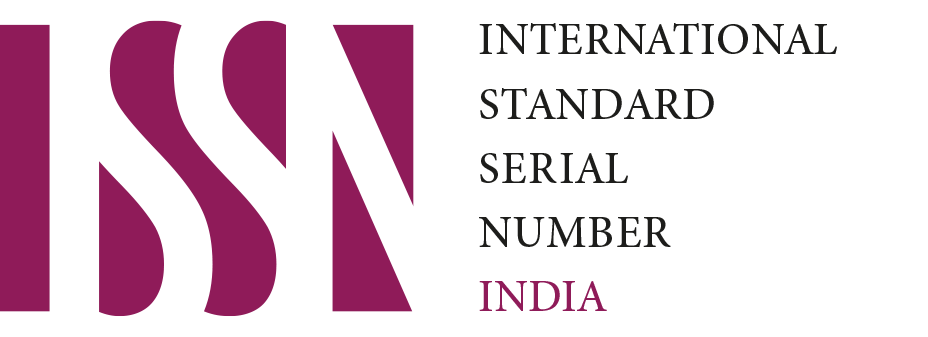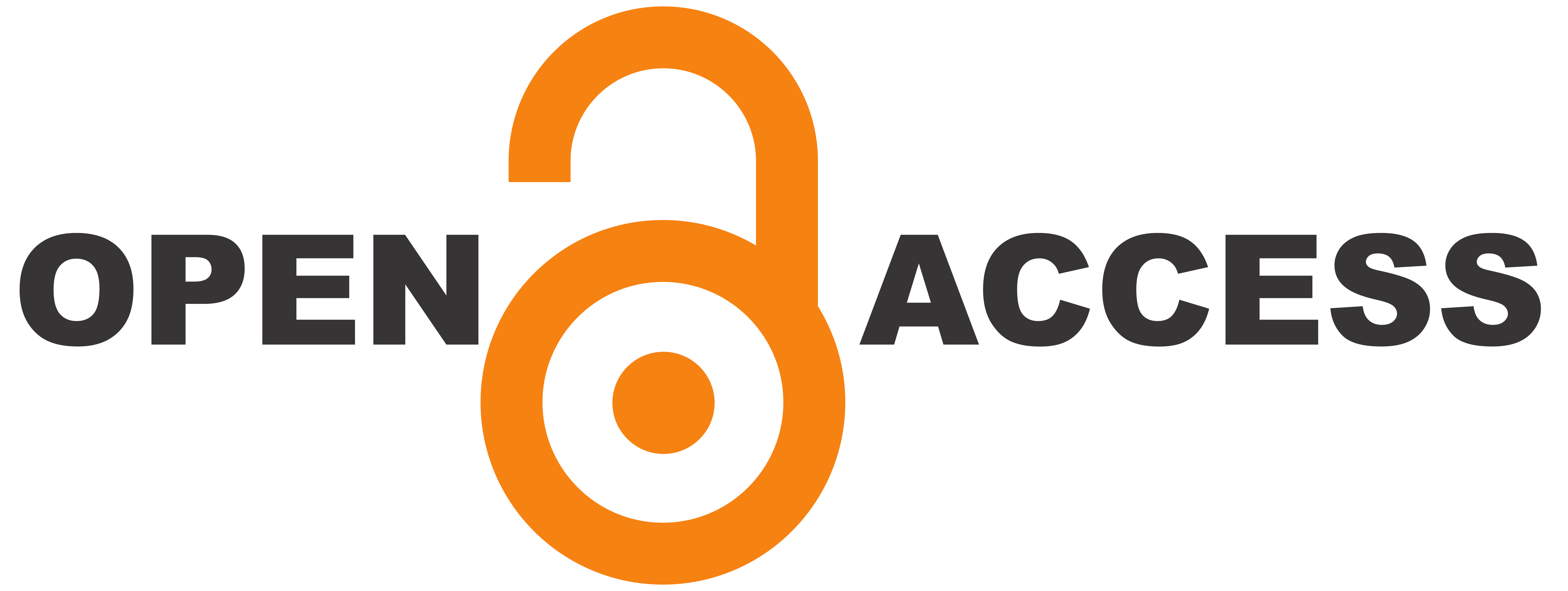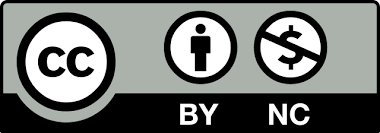Call For Paper for 4th ISSUE
Call for Papers- Vol 3, Issue 4, 2025
Last Date of Submission: 30th October 2025
International Journal on Management, Education and Emerging Technology (IJMEET) is dedicated to publishing quality research work. IJMEET is a peer-reviewed open access journal published Quarterly (April 2023 Onwards).
Download Sample Paper Download Copyright FormNote: Articles that do not meet the above specification will be returned to the author for revision before being considered for review by the editorial board.
Call for Papers- Vol 3, Issue 4, 2025
Last Date of Submission: 30th October 2025





The International Journal on Management, Education and Emerging Technology (IJMEET) is a peer-reviewed journal committed to publishing high-quality research and promoting academic integrity.
Email: journal@ijmeet.org
Website: www.ijmeet.org
© 2025 ijmeet.org
(ISSN: 2583-9438)
Published by
Er. Darshan Surya Sahu
Academia Researchlab Pvt. Ltd.
Bhubaneswar, 751017, Odisha, India
Email: editor@ijmeet.org
